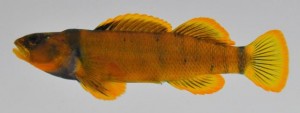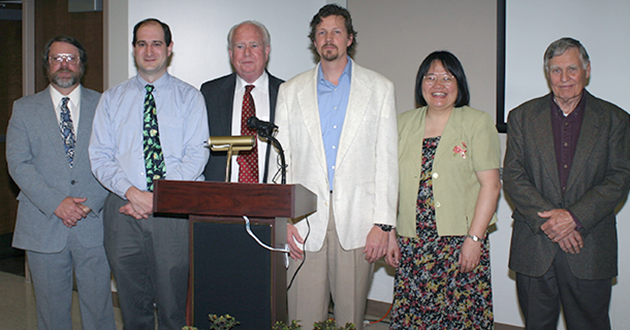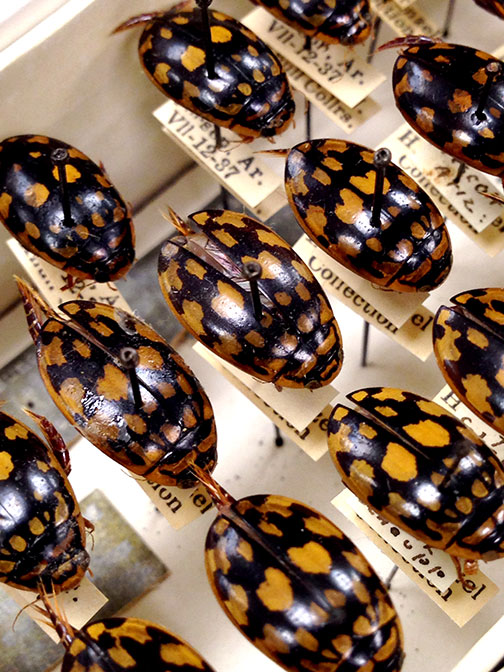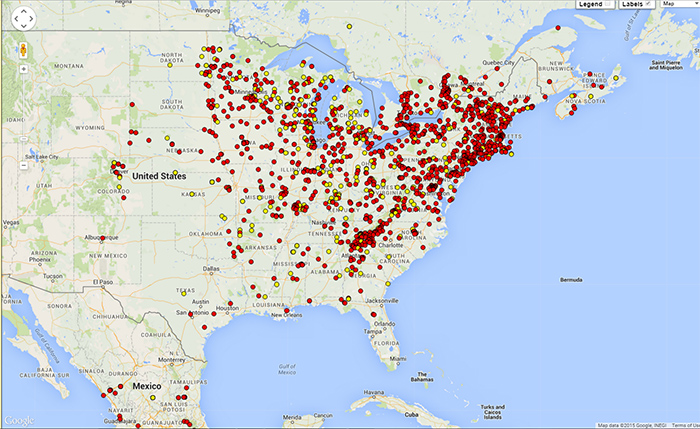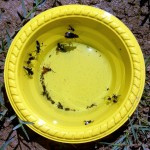We got back to work after a short break during the holidays. 2015 was a very busy year for us at the Triplehorn Insect Colletion. Beetles and butterflies were without a doubt the biggest highlights. First the beetles:
As part of our Beetle Curation Project, we completed the re-housing and curation of our massive Tenebrionidae collection (65,150 specimens, now neatly housed in ten 24-drawer cabinets.) We were able to secure funding from the National Science Foundation to cover the costs of databasing the newly curated beetles. As part of that grant, which officially started July 1, 2015, we will add 80,000 beetle specimens of the families Carabidae and Tenebrionidae to our database, and make the data available to the world via the Internet.


Beetle curation and databasing has kept us busy for a few years now and with 100+ cabinets full of beetles in our holdings, we expect this trend to continue strong for quite some time. More on our Beetle Curation Project in future posts.
Traditionally, butterflies were not one of our collection’s biggest strengths, but that has started to change. In October 2015 we were honored with the donation of the David K. Parshall Butterfly Collection. That’s a very impressive collection of butterflies, with more than 50,000 pinned specimens and probably the same amount of unmounted ones. We wrote about the collection on the collection blog here and here. On the week we moved the Parshall collection to the museum, and before we even had a chance to take a good look at the specimens, we were already receiving inquiries and loan requests from scientists. Pretty awesome!
Apart from big curation projects and large donations, there was also a lot of what I call “regular work”: we prepared and sent out thousands of specimens on loans, we hosted various scientists who came to study and/or take photos of our specimens, and we gave many tours of the collection to people interested in learning more about insects. We were also featured in a couple of newspaper articles that recognized our efforts (here and here), and that was very nice. My modest efforts at photographing local bumblebees and contributing my images and data to bumblebeewatch.org made it to the paper too (see it here), but that’s another story.
You will notice that there’s a thread connecting the events and accomplishments at our collection: people — the staff, undergraduate student assistants, volunteers, and interns who work in the collection. Without these talented and dedicated people we could have the biggest, most amazing collection, and it wouldn’t matter one iota because it would all be locked away cabinets, completely inaccessible to the public.
I’m particularly touched by the interest and the dedication of our volunteers and interns. Their efforts made a big impact in the collection in 2015 and I want to acknowledge them here:
Sarah Washburn, a local artist and full-time e-commerce manager at a large Columbus company, joined us in April. She has a passion for cicadas (see one of her illustrations here) and comes in whenever she has time to help out with whatever we need. Thanks to her dedication we now have a complete list of all the cicada species in the collection. She started working on updating that taxonomic names and will be continuing to work on that in 2016.


Alex DeMilto, an Entomologist interested in the curatorial process, spent a semester working 10-12 hours/week alongside our staff and other volunteers. She received training in all basic aspects of curation, from proper handling to cataloguing and organizing. Alex produced a list of all our aquatic beetle species and updated all the taxonomic names. That’s a huge task and an enormous contribution to the collection.



Cherokee Read-Hill, an undergraduate student from Antioch College in Yellow Spring, OH, came to us to learn about what it takes to build a scientific collection. Her goal is to build a collection of pollinators at Antioch, and she’s already working on it. During her three-month academic internship, Cherokee received training on the basics of curation, and spent a good amount of time learning the details of specimen mounting, labeling, and databasing. She worked on her own bees and on databasing part of our bees in the family Megachilidae. As part of her internship, Cherokee wrote a lovely blog post about her experience at the Triplehorn collection.
Alex and Cherokee completed their volunteering/internship programs in December. They were with us for a short period of time, but by the time they left it felt we knew them for the longest time. Their good work will serve as basis for several new curatorial projects in the months and years to come.
Lauralee Thompson, a retired lecturer at OSU, joined us in September, after seeing one of the articles about the collection on the Columbus Dispatch. She volunteers with us for 4 hours/day, three times a week and we could not be more delighted. Lauralee is energetic and very enthusiastic about our work. Since she started volunteering, she’s already made a big dent on the collection’s backlog: she moved thousands of grasshoppers and other insects to new trays and drawers. Recently she has been working on cataloguing our extensive longhorn beetles (family Cerambycidae), among other things.



Alice Vossbrinck, a PhD student in the OSU Department of Entomology, is studying lady beetles (family Coccinellidae) and wanted to get training in order to work with museum specimens. Last May she started coming in the collection one day a week for 5-6 hours. She received basic curatorial training (how to handle specimens, how to transcribe data, etc.) and started working on the lady beetle genera she is interested in. Alice moved hundreds of specimens from hard to soft-bottom unit trays, transcribed their label data, and updated their taxonomic names by looking them up in the pertinent literature.
Katherine Beigel (Art & Biology major), Cody Cardenas (Entomology major) and Zach Franczek (Geology major) are undergraduate students at OSU with an interest in biological collections. They have first joined us as volunteers and/or interns looking for learning opportunities. Their volunteer work on imaging, specimen databasing, and multiple other tasks, was an invaluable contribution. As positions and funding became available in 2015 they were all hired to work as undergraduate student assistants.
Together, all of our volunteers and interns, have contributed more than 600 hours of their time and effort to the collection between April and December 2015. They have been instrumental in the laborious process of curation of the collection and databasing our specimen records. I’m grateful to them!
Looking back at 2015, I see the challenges we had to face, the budgetary cuts that we endured (and unfortunately will continue to endure in 2016), the loss of skilled workers due to the lack of funds, and the stress that such conditions exerted on all of us. But despite the adversities, I cannot help but marvel at all our many accomplishments, and to feel excited about all the wonderful things we have coming up in 2016. Stay tuned for more on that!
Happy New Year!
About the Author: Dr. Luciana Musetti is an Entomologist and Curator of the Triplehorn Insect Collection.






